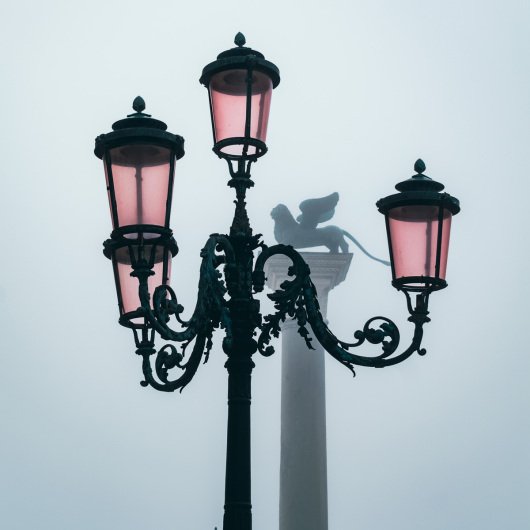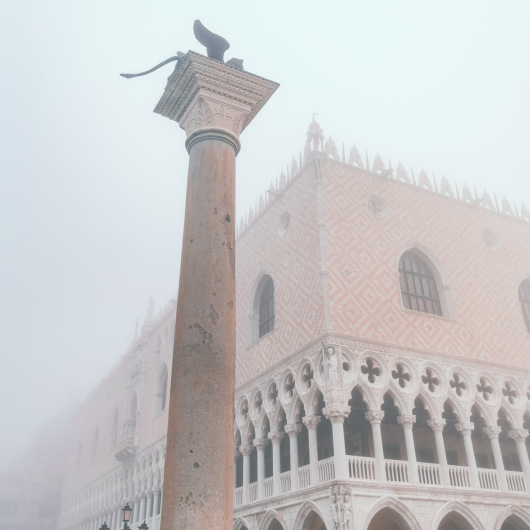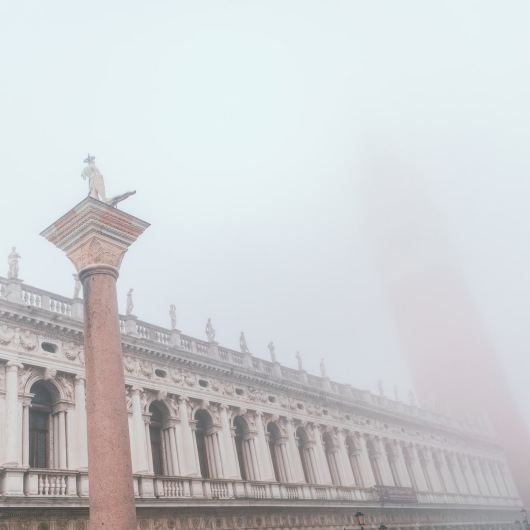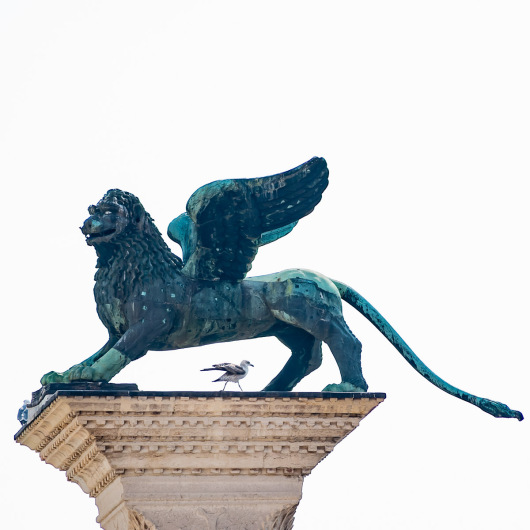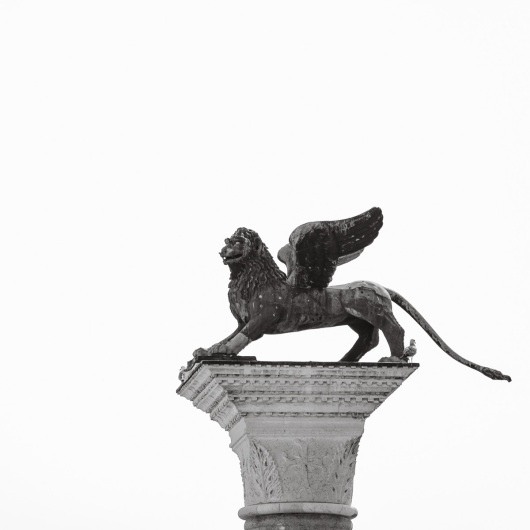Colonna di San Marco
Venice's Guardian Sentinel at the Water's Edge
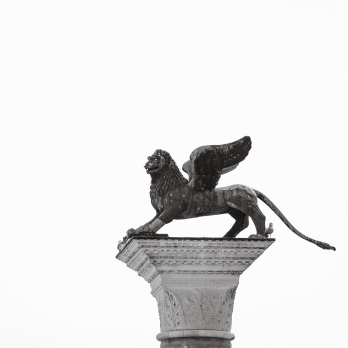
Overview
Standing at the entrance to Venice, the Column of Saint Mark rises prominently where the city meets the lagoon.
This impressive monument, alongside its counterpart, the Column of San Todaro, anchors the Piazzetta and represents centuries of history.
Beyond being just stone, it serves as a symbol of Venetian pride and a quiet guardian watching over the gateway to the Serenissima.
Getting There
The Column of Saint Mark is located at the southern end of the Piazzetta, connecting Venice’s main square with the lagoon. Positioned opposite the Doge’s Palace and paired with the Column of San Todaro, it creates a striking view.
Visitors can reach it by water bus to Vallaresso or San Zaccaria, walk through the narrow streets called calli, or take a water taxi for a more elegant arrival.
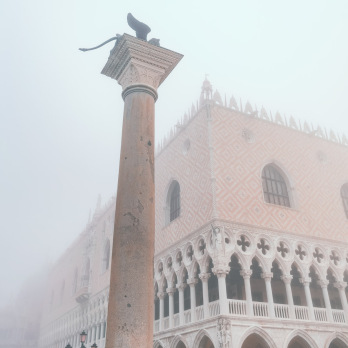
Legacy of Stone and Symbol
Presented in 1125 following a military victory, Venice’s columns stood for many years along the waterfront until engineer Nicolò Barattieri elevated them in 1172.
One column features the Winged Lion of Saint Mark, representing Venetian authority. The area between the columns became notorious as a site for executions, surrounded by superstition. Collectively, they embody the magnificence, dread, and lasting mystery of the Serenissima.
Venetian Icon of Majesty
The Column of Saint Mark enchants with its Winged Lion, representing the spirit of Venice. Surrounded by notable landmarks and overlooking the lagoon, its location provides constantly changing views. Steeped in history—from victorious parades to serious judicial events—it impresses with its grand size and intricate sculpture. Serving as a genuine landmark, it grounds visitors in the lively center of the city.
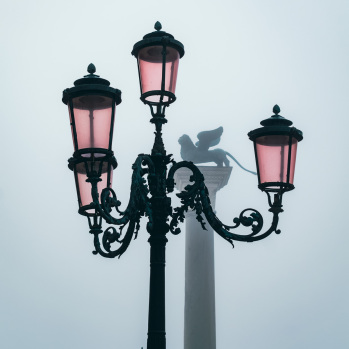
Moments of Serene Beauty
Open around the clock, the Column of Saint Mark is especially radiant at sunrise, sunset, and under the night sky.
The early morning light provides a peaceful atmosphere; the golden hour creates a romantic ambiance; and the quiet of night invites contemplation amidst Venice’s illumination.
Midday tends to be crowded and sometimes flooded, making it less favorable.
Echoes of Timeless Presence
Seeing the Column of Saint Mark inspires feelings of awe and respect. Its impressive size and historic meaning—particularly the Winged Lion—give visitors a strong sense of significance.
The monument links people to Venice’s rich history, from majestic welcomes to serious judgments. Positioned against the shifting colors of the lagoon, it encourages contemplation, and peaceful appreciation in the center of the city.
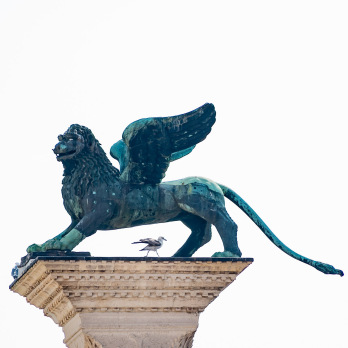
Etiquette Among Historic Echoes
Visiting the Column of Saint Mark requires a quiet reverence due to its grim history as a place of executions. The area near the vaporetto stops can get crowded, so remain attentive. Be mindful of high tides during the cooler seasons. Take your time to gaze upward and appreciate the Winged Lion, the historic stone carvings, and the expansive views of the lagoon.
Cultural Core of Venice
Encircling the Column of Saint Mark are famous landmarks such as St. Mark’s Square, the Basilica, the Campanile, and the Doge’s Palace.
Renaissance masterpieces can be found at the Biblioteca Marciana and Museo Correr. Close by, you can experience history while traveling on gondolas or vaporettos. The Bridge of Sighs and Riva degli Schiavoni add to the vibrant blend of art and architecture.
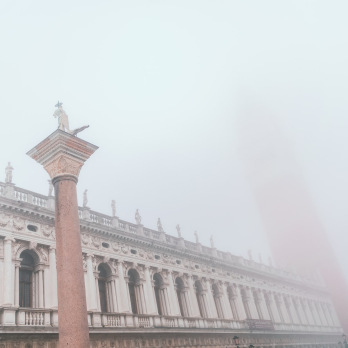
Historical Importance
The Column of Saint Mark has been a symbol of Venice’s identity for many years. Featuring the Winged Lion, it represented the authority of the state and the city’s maritime pride, welcoming all visitors. Serving as an impressive entrance for ceremonies and a solemn place of justice, it has observed centuries of events. Even following the Republic’s collapse, it continues to be a treasured symbol of Venetian heritage.
Whispers Behind the Columns
Venetian legends surround the Winged Lion perched on the column. One story says its twisted posture is because it growled “Further on!” when it saw the Arsenale, encouraging Venice to expand.
Another myth describes a storm that miraculously shut the Lion’s book to protect its holy writings.
Additionally, a dark superstition remains from the centuries of executions that took place beneath.







